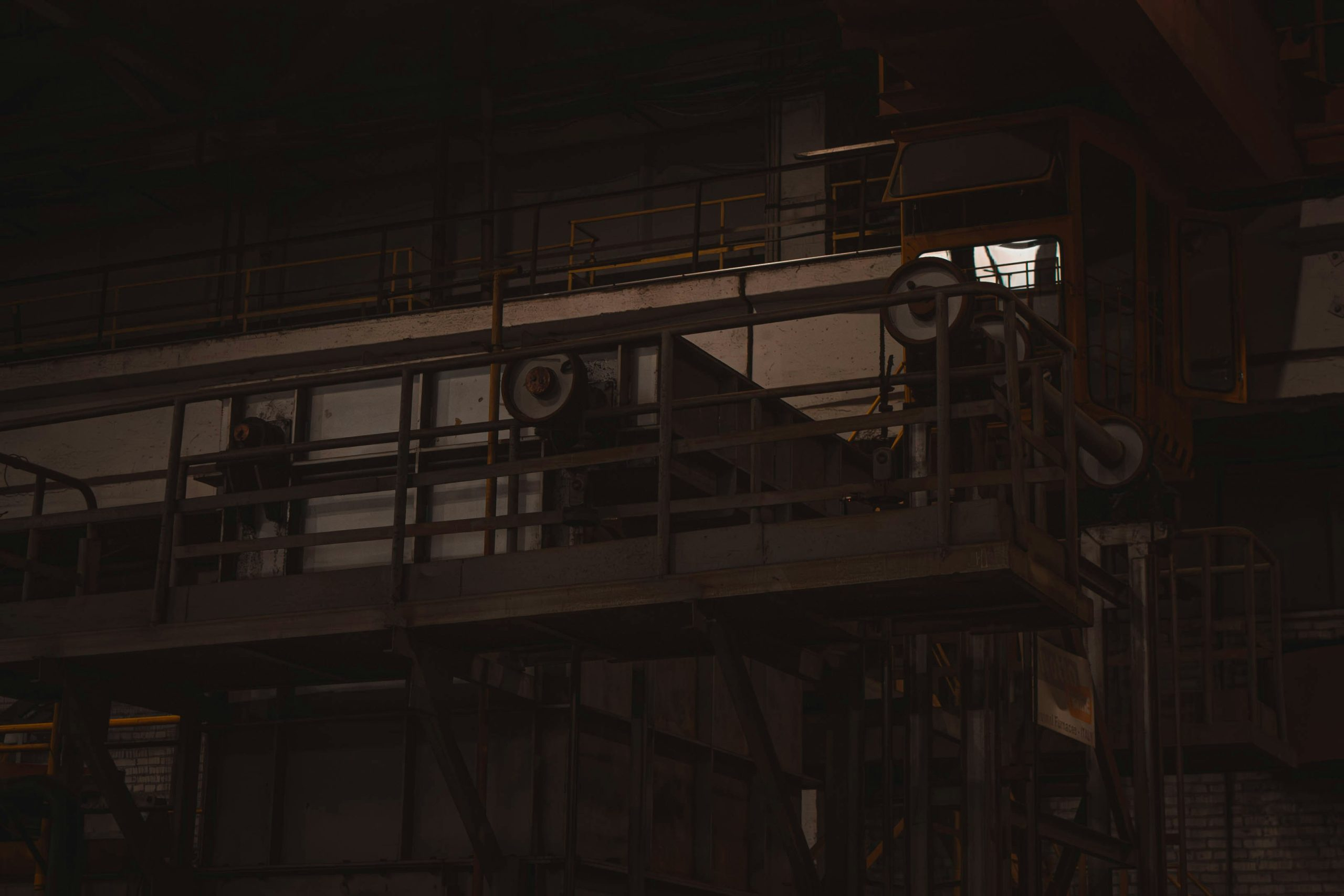Exoskeleton Upgrades: Factory Workers Lifting 2x Efficiency
In today’s fast-paced and highly competitive manufacturing industry, it’s crucial for factories to constantly innovate and improve their processes in order to stay ahead of the game. One of the most recent and revolutionary advancements in the manufacturing world is the implementation of exoskeleton upgrades for factory workers. These smart and efficient devices have been proven to increase productivity and efficiency by enabling workers to lift heavier loads with ease. In this article, we will delve into the details of these exoskeleton upgrades and how they are lifting factory workers’ efficiency by up to two times.
The Rise of Exoskeleton Technology
Exoskeletons, also known as powered exosuits, have been around for decades, mainly in the military and medical industries. However, the use of exoskeletons for industrial purposes is a relatively new concept. The technology behind these devices has evolved significantly in recent years, making them lighter, more user-friendly, and cost-effective. This has led to their adoption by many manufacturing companies as a means to improve their workers’ efficiency and reduce the risk of work-related injuries.
How Do Exoskeleton Upgrades Work?
Exoskeleton upgrades are worn by factory workers as a support system to assist with repetitive and physically demanding tasks. They are designed to fit comfortably over the body and provide extra strength and support to the arms, hands, and back. These devices use a combination of sensors and motors to determine a worker’s movements and provide assistance accordingly. For example, if a worker is lifting a heavy box, the exoskeleton will detect the pressure on their arms and provide the necessary support to ease the load.
Reducing the Risk of Injuries
One of the main benefits of exoskeleton upgrades is the reduction of work-related injuries. Repetitive tasks such as lifting, bending, and reaching can cause strain and fatigue on the body, leading to musculoskeletal disorders and chronic pain. Exoskeletons provide extra support, reduce the strain on workers’ bodies, and help prevent these injuries from occurring. This not only increases the workers’ well-being but also reduces the company’s healthcare costs and increases productivity due to a healthier workforce.
Increase in Productivity and Efficiency
Another major advantage of exoskeleton upgrades for factory workers is the significant increase in productivity and efficiency. With the help of these devices, workers are able to lift and move heavier loads with less effort, making their tasks less time-consuming and physically demanding. This results in faster completion of tasks, higher output, and better overall efficiency for the company. Furthermore, exoskeletons can also be optimized for specific tasks, such as overhead lifting or repetitive bending, to further enhance workers’ performance in their designated roles.
Improved Ergonomics and Employee Satisfaction
Exoskeleton upgrades also contribute to a better working environment for the employees. By reducing the strain on the body, workers can perform their tasks more comfortably and with less fatigue. This not only improves their physical well-being but also their mental and emotional state. Employees who are satisfied with their working conditions are more likely to be engaged and motivated, resulting in better job performance and retention rates.
The Future of Exoskeleton Upgrades
The use of exoskeleton upgrades is still in its early stages, but the potential for their application in various industries is immense. In the manufacturing sector, exoskeletons can be utilized in numerous ways, from assembly line work to warehouse operations. As the technology improves and becomes more affordable, we can expect to see even more factories incorporating these devices into their daily operations.
In conclusion, exoskeleton upgrades for factory workers are a game-changer in the manufacturing industry. They not only provide support and assistance for physically demanding tasks but also help reduce the risk of injuries and improve overall productivity and efficiency. With the continued advancement of this technology, we can look forward to a safer and more efficient working environment for factory workers in the years to come.











